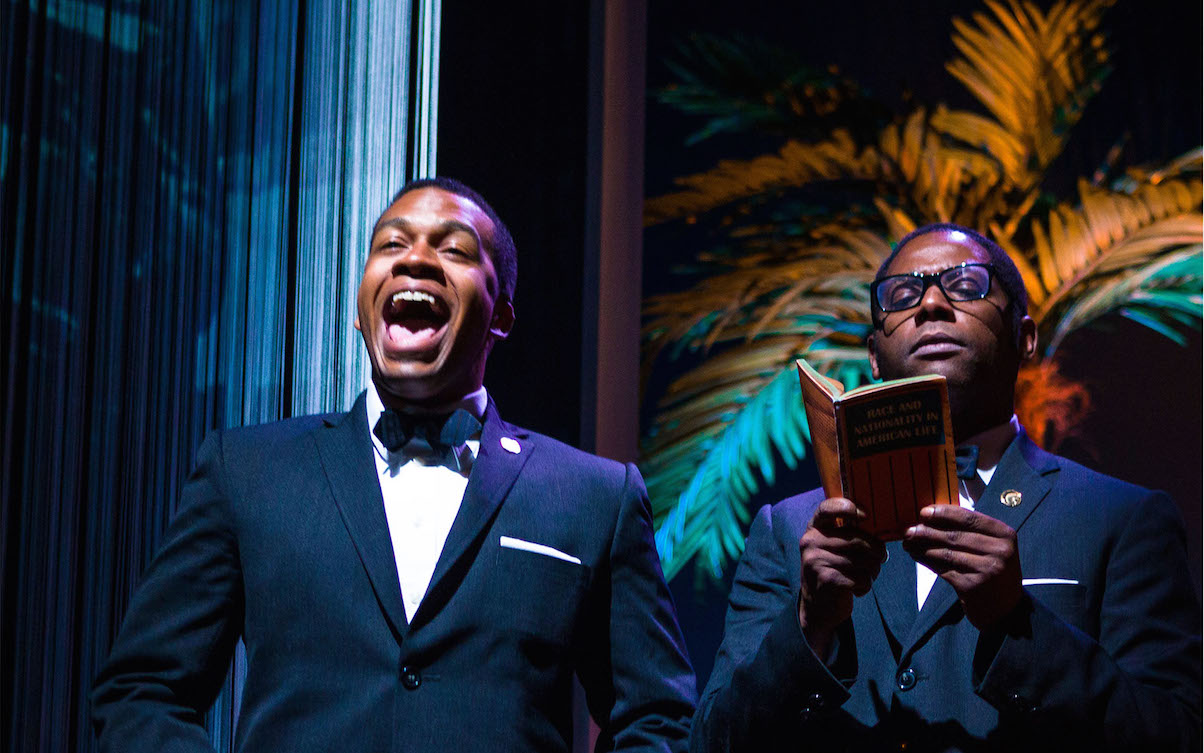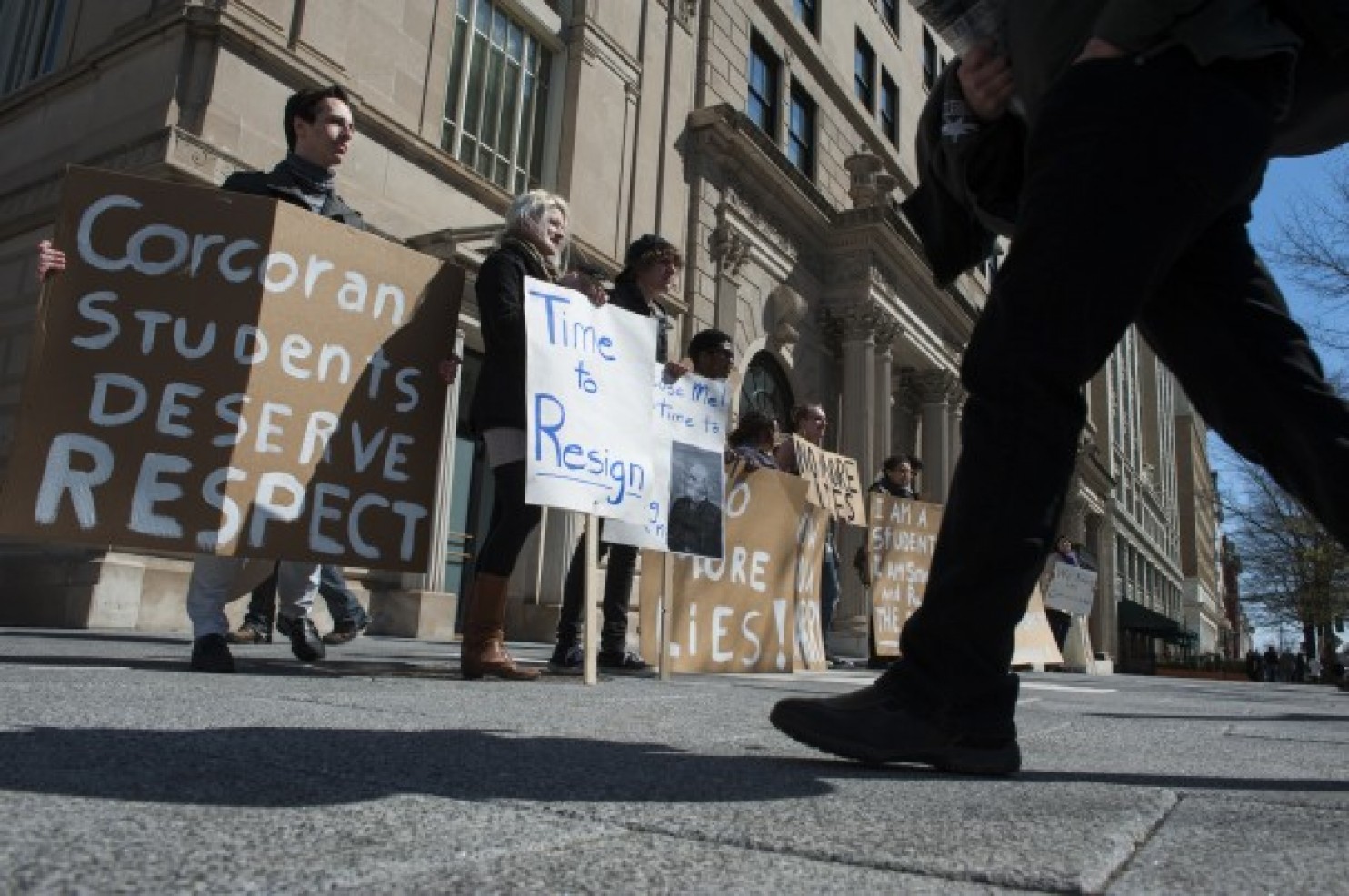An Op-Ed by Michael Dax Iacovone
The acquisition of the Corcoran College of Art by George Washington University has been heartbreaking for me to watch. As an adjunct professor, a former part-time student, and a frequent visitor to the gallery, it was a like watching a sick friend refuse to take care of herself while her health faltered. By the time the illness was chronic and public knowledge, it was too late for a cure.
There were signs that things were bad and the institution was sick for the past few years, from the selling of assets and property to the threats to move from DC to Virginia. We shouldn’t have been shocked that the museum and school would be separated, pieces of the world-class collection sold off, and the Beaux Art building would be repurposed. There have been dozens of articles written about it, and the reasons are well documented. After many lawsuits and campaigns, the Corcoran School of Art has been absorbed by George Washington University, and many consider this the best-case scenario stemming from a bad situation.
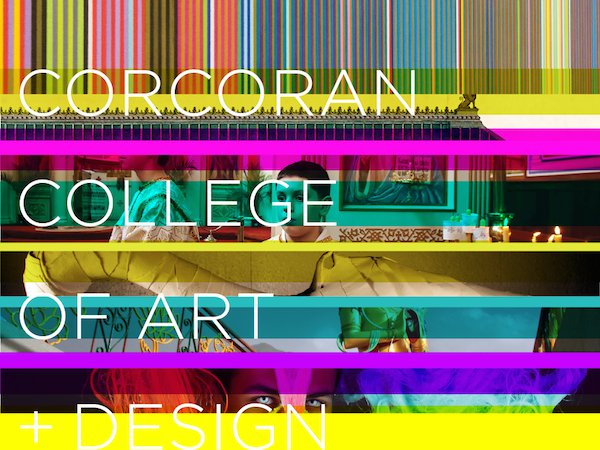
The Corcoran fell apart, and those of us who worked there, taught there, or studied there, mourned its loss. The gallery closed, and someday, years from now, is slated to reopen in some sort of different-yet-familiar, much smaller way. Although the intimate college of 300+ students will live on (for now) at the cost of its autonomy under the auspice of George Washington University, there are a number of problems the currently enrolled Corcoran students are facing as they attempt to finish their degrees. Despite claims to the contrary, there has been little, if any, response to the students’ questions or complaints on the part of GW administrators.
If ever there was an indicator of that lost autonomy, the new moniker, The Corcoran College of Art and Design at the Columbia College of Art and Science at George Washington University indicates a new, more corporate and less focused approach. However, beyond such titles, there are leftovers: living casualties. Approximately three hundred current students have been placed in the care of GW, and they have been publicly assured that their tuition would not be raised, that the impact on their academic lives would be minimal.

Although undergraduate tuition at the Corcoran is $31, 860 while George Washington’s is $48,790, current Corcoran students will receive GWU diplomas bearing the Corcoran name on them. Since George Washington University is such a wealthy and respected institution, it seems unfathomable that the Corcoran’s ‘orphans’ should complain about their adoption by millionaires. But there are too many issues to keep quiet and smile.
The problem comes from GW’s promise to the currently enrolled 300 students that they would be allowed to finish their degrees “with minimal disruption,” suggesting a willingness and consideration for their status and wellbeing. However, those involved in this acquisition have learned quickly that is all about business, it’s not personal. It’s about GW’s growth and takeover of a historically established art school that has existed in a significant building in downtown Washington, DC. In this shuffle, those 300 students have been lost in a bureaucracy that has been unwilling to help them. Despite what it looked like in the beginning, and the promises that were made, what GW has communicated to the current Corcoran students is that they are unwanted baggage in a business transaction.
If GW were taking a personal interest in these students, as it should, the school would have hired an Interim Director to represent the students who actually knows them and knows their issues, not Alan Wade, a GW theatre professor scheduled to retire in June, 2015. According to students, Wade’s accessibility is as dubious as his willingness to take responsibility for them. His communication with them has consisted of ultimatums sent to students via email, inquiring as to which night would be best to cut hours. When those emails were responded to with questions about how GW could possibly avoid paying for normal operating procedures, blame is diffused and passed around. When proactive students have chosen to organize and protest, GW’s decisions have been redacted, but with a condescending tone pointing at the angst of the students.
Perhaps the most insulting move was bringing in VCU Dean of Students, Joe Seipel, to talk to students and faculty on the topic of “How to build an art school from the ground up” as if the Corcoran had never existed. Making matters worse, the email invites for this talk were sent to the students’ old corcoran.edu email addresses that GW had already deactivated.
If this merger had been done with the current students in mind, there would be staff assigned to help Corcoran students with their financial aid instead of a bureaucratic runaround that leaves students without answers, unsure of checks arriving and money owed. Many Corcoran students have ventured to GW, only to wait on line and find that the Financial Aid Office didn’t know anything about their scholarships, or the funds they were owed.
If GW had considered current Corcoran students’ needs in their planning, they would understand the importance of 24 hour studio access, instead of suddenly truncating hours to an 11pm closing with more cuts threatened in the future, accompanied by excuses about having to pay security guards. If the Corcoran managed to stay open overnight for these students while operating on a failing budget, an enormous institution with pockets as vast as their Foggy Bottom real estate should have no need to put studio access on the chopping block due to budget constraints.
If GW meant what they told the students about not raising their rates, a mysterious “Corcoran Legacy Fee” would not have appeared on their semester bills. The fee was later explained as one the Corcoran was previously charging them, but there weren’t legacies until GW took over, so the previous purpose of these fees is unclear at best.
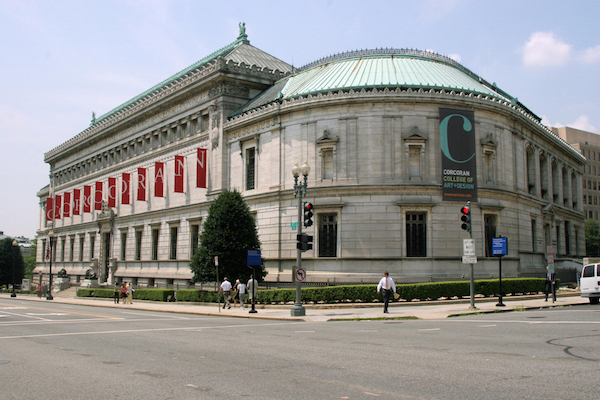
Normal procedures for art students like getting equipment and access to materials have been so far met with locked doors and security guards who’d rather assume the students are not allowed in than help them get past the new barriers. Instead of being given clear channels to voice concerns or create communication, students have had to play detective and search for administrators and staff who can help them.
Student Julia Hilfiker explains, “After the email addresses of the Interim Director and the transition staff were finally obtained they were written onto posters and hung in the hallway so that students knew who to email in order to voice their concerns. Shortly after the signs were posted, the GW security starting taking them down, claiming the signs were instigating a protest. We were told that changes with studio times, fees, and equipment would not happen within the first year. Even worse is that the reduction in studio access was only brought to the students’ attention through word of mouth. No email. They were going to try and sneak it past us. This stunt was the confirmation everyone at The Corcoran was hoping wouldn’t arrive, but at the same time expected. It made it pretty clear that GWU either didn’t care or did know how much time Corcoran students spend working in their studios.”
Hilfiker continues, “Our work is not that same as writing a paper on a computer, the majority of us can’t carry our work with us back and forth to school. Why the George Washington University’s Gelman Library is open 24/7, but the studios The Corcoran aren’t?”
When students asked for answers from their new GW administrators, responses have been vague, and bucks passed. If the Corcoran students are a valued part of GW, wouldn’t the institution find a way to address their problems?
The only person left for these students to go to is the magnanimous Amanda Kleinman from Support Services, who takes the student concerns seriously.
Student Eliot Hicks explains, “I don’t trust anyone else because of GW’s chain of command. Every individual you talk to over there just elaborates on how ‘they aren’t the person you should be talking to, that’s not my department, etc.’”

The soon to be graduating Corcoran Seniors were recently left wondering if the thesis shows that they have worked towards for four years would even be open to the public. Without an answer, they were informed that the GW president will need part of their thesis show moved out for his annual “President’s Dinner” scheduled for that same space. Once their complaints were heard, GW moved the location of the dinner. However, the question remains, if someone actually knew these students, and cared about their needs, would any of this even have happened? Should they have to fight to get access to studios, equipment, and information that they require?
The Corcoran College of Art and Design as we knew it is alive for now, as evidence from the students who refuse to go quietly. But the institution is history, gasping its last breaths in the wake of the behemoth that saved it. The Corcoran name will be printed on the diplomas and resumes of the remaining 300 students. But after that, it will not mean what it once did. It is doubtful that GW will attract the same caliber of art school students looking for the intimate and transformative experience a small institution yields. The only thing left will be the real estate.
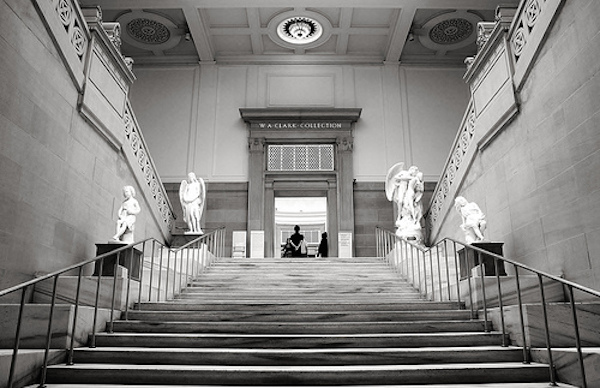
Author Michael Dax Iacovone is a DC based artist who works in photo, video, maps and installation.

